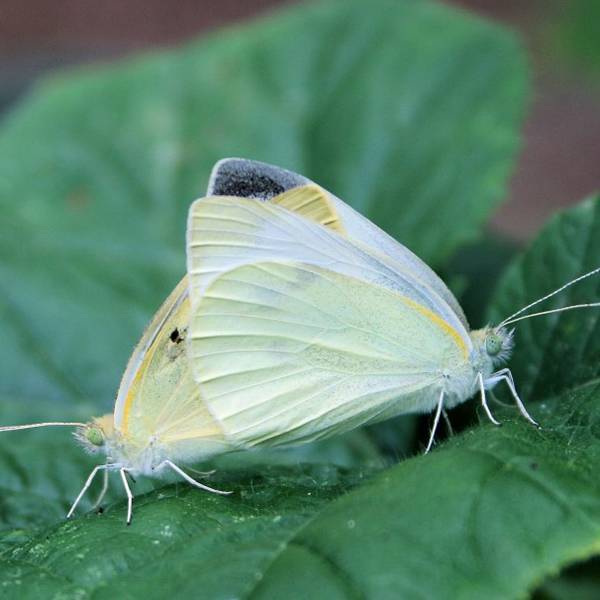Pests Guide

Large holes in outer leaves.
Bluey-green frass on the inside of the leaf or in the heart of the cabbage, which is actually their droppings.
Use companion plants like buckwheat, yarrow, garlic, allium, thyme, tomatoes, onions, sage, borage, nasturtium, tansy, and rosemary near the affected plants, as they are known to deter cabbage worms.
Plant flowering plants and herbs nearby to attract natural predators.to attract beneficial insects to fight the cabbage worms for you.
Crop rotation will help reduce future pest populations.
This means every so often, you plant a different type of plant in that section of your garden.
Be sure to remove old and dead plants quickly.
In its pupa stage, the caterpillar will over-winter in plant debris such as this.
Hand-picking the worms off will slow an infestation (but if your infestation is anything like the one I had on my kale last season, you will never win).
With gloved hands, pick them off at least once a week.
(You can crush them or drown them in a jar full of soapy water.)
Cover your plants with lightweight nylon so that the butterflies cannot lay their eggs on the plant's leaves.
(Do this before you see any signs of the pest since this same net might prevent natural predators from eating the worms.)
There are some natural and organic applications.
Sprinkling dry cornmeal or rye flour on damp leaves will kill the worms.
After they eat it, they bloat and die.
You can also use diatomaceous earth.